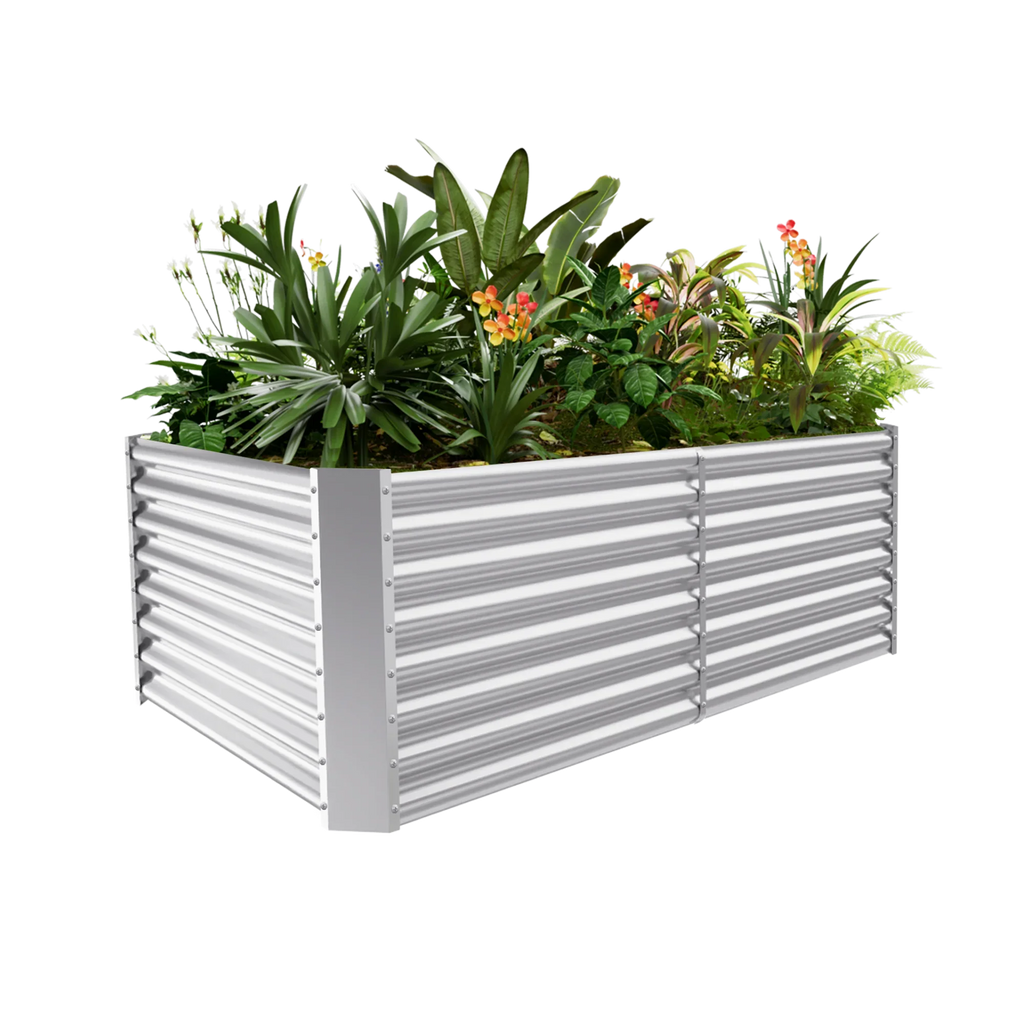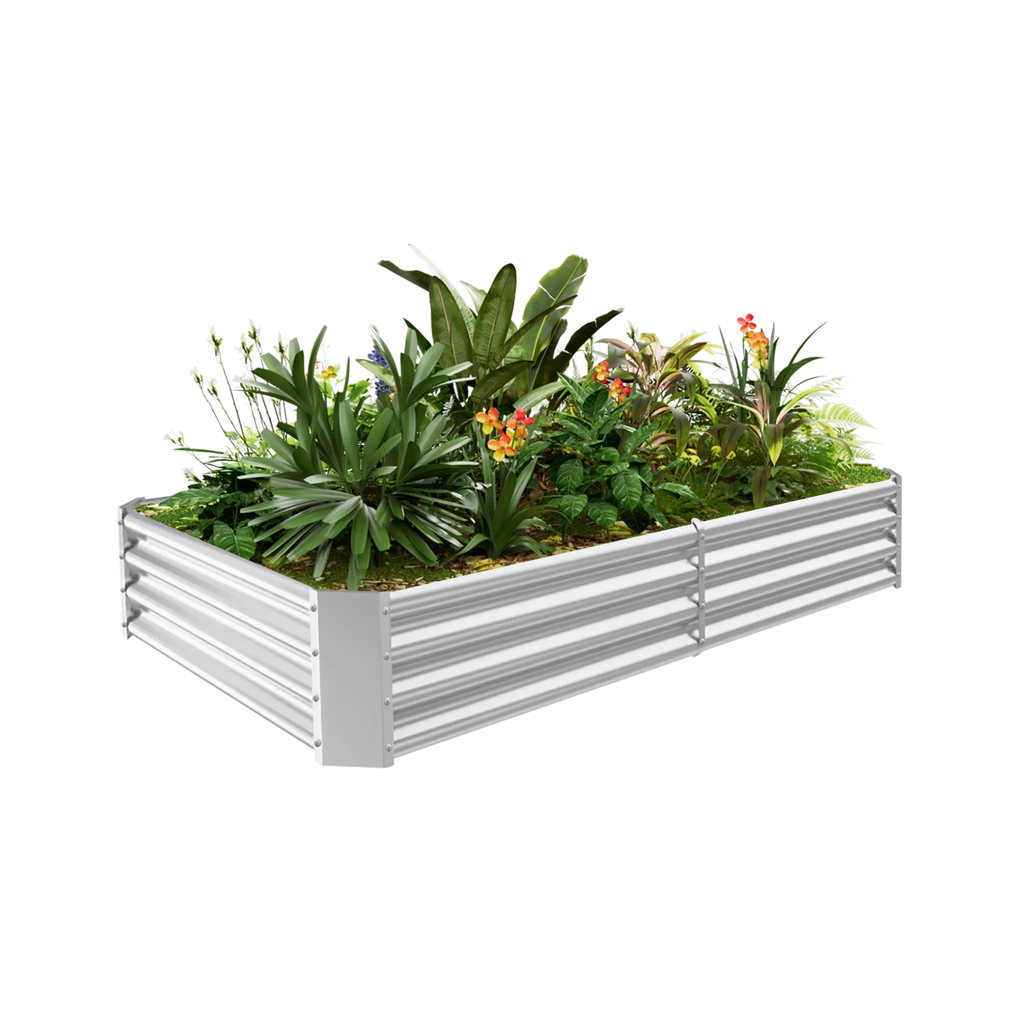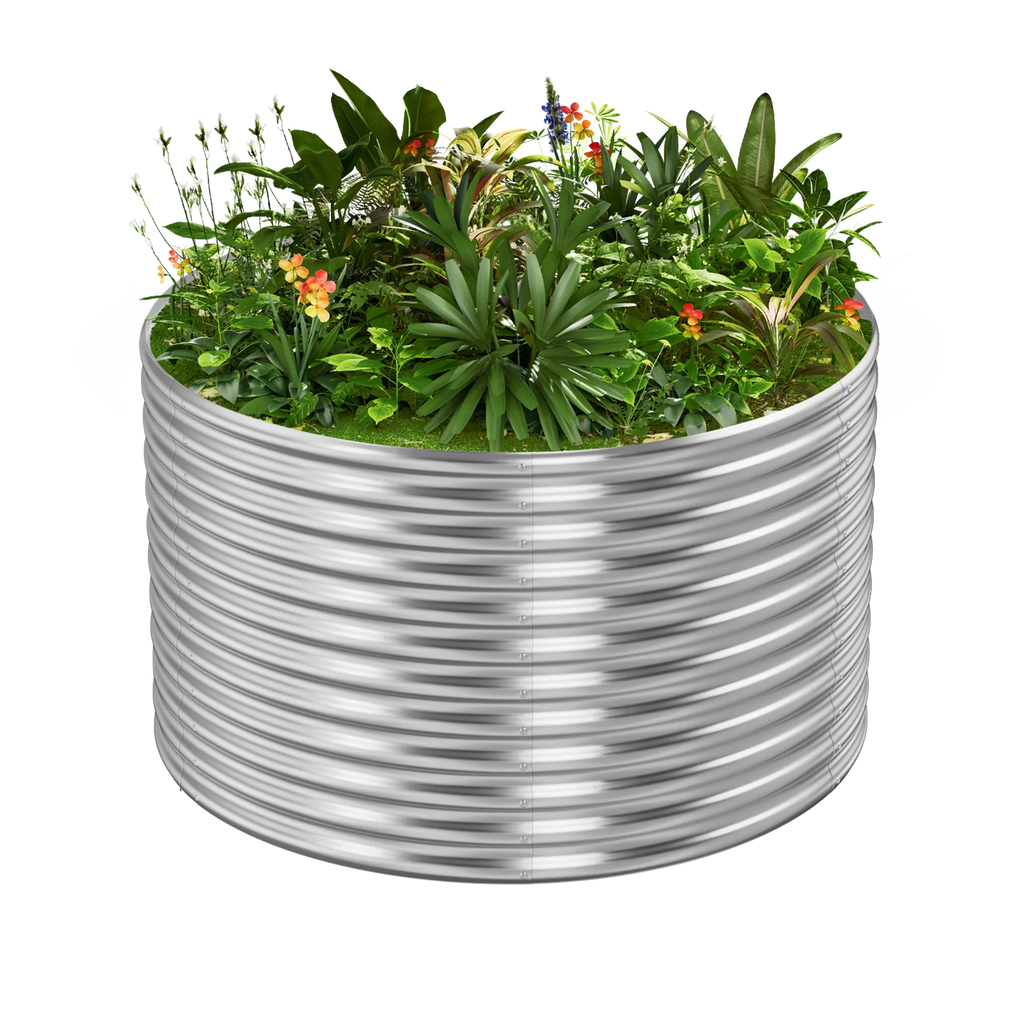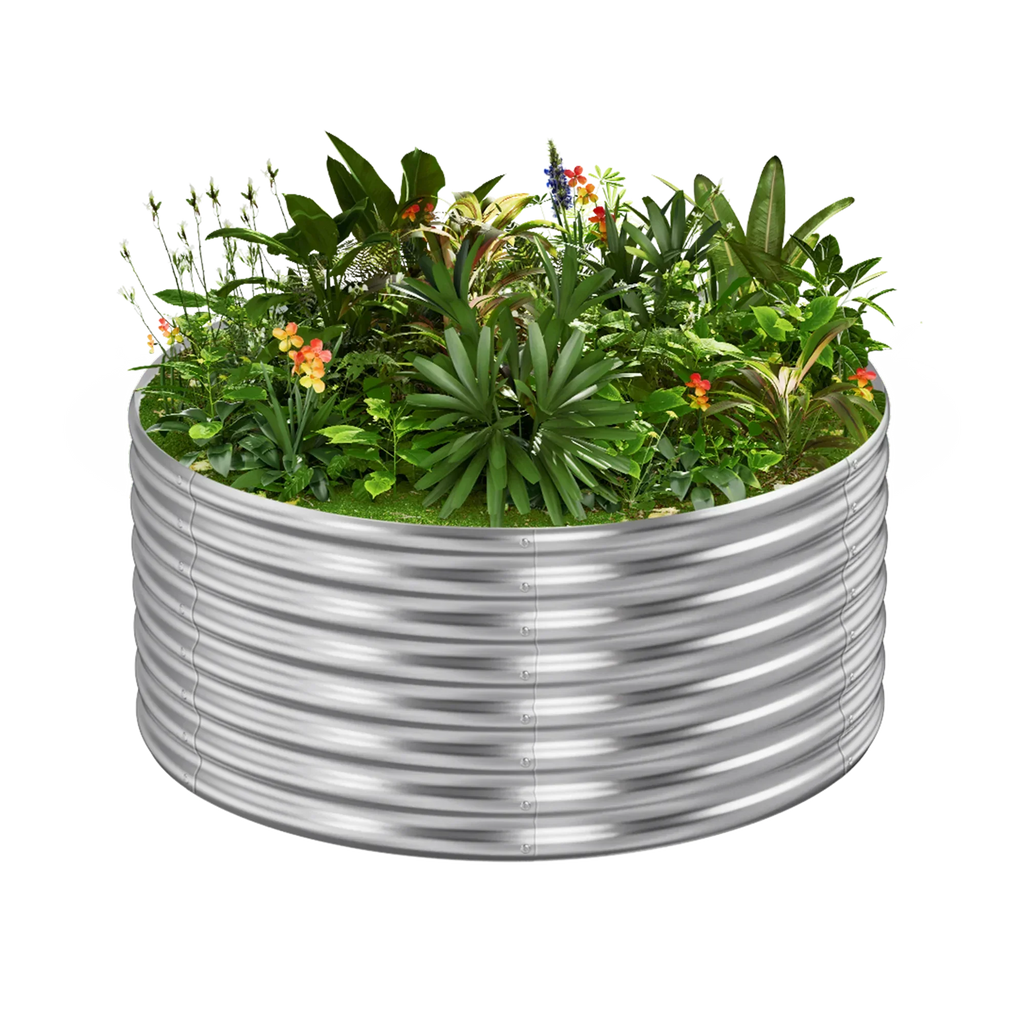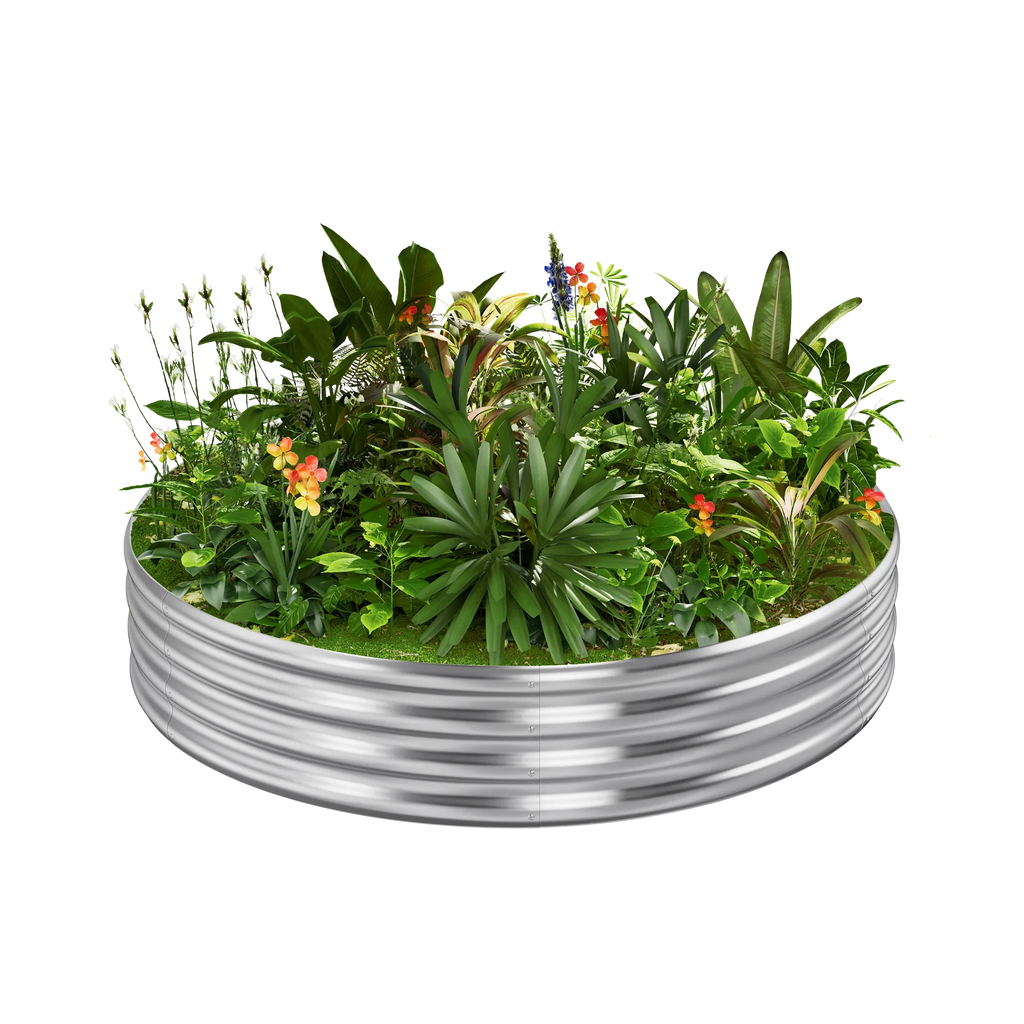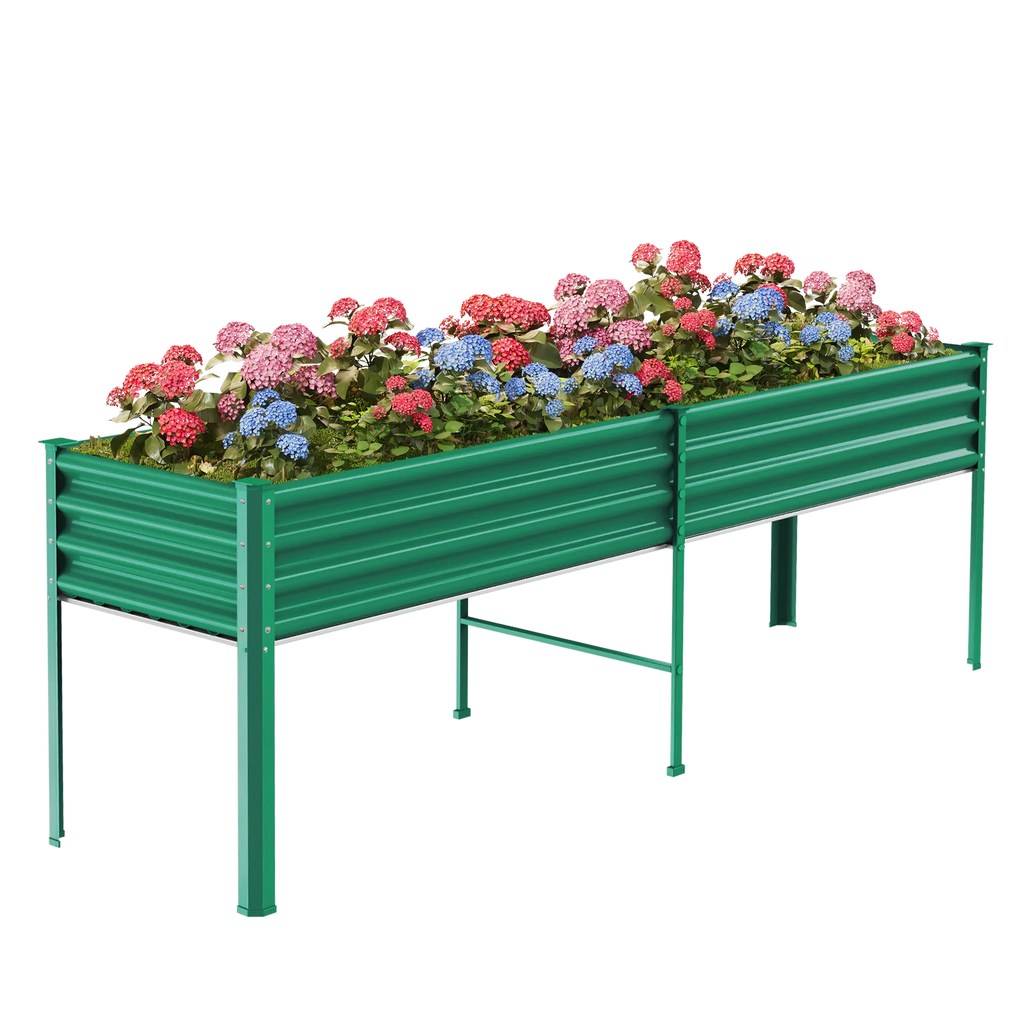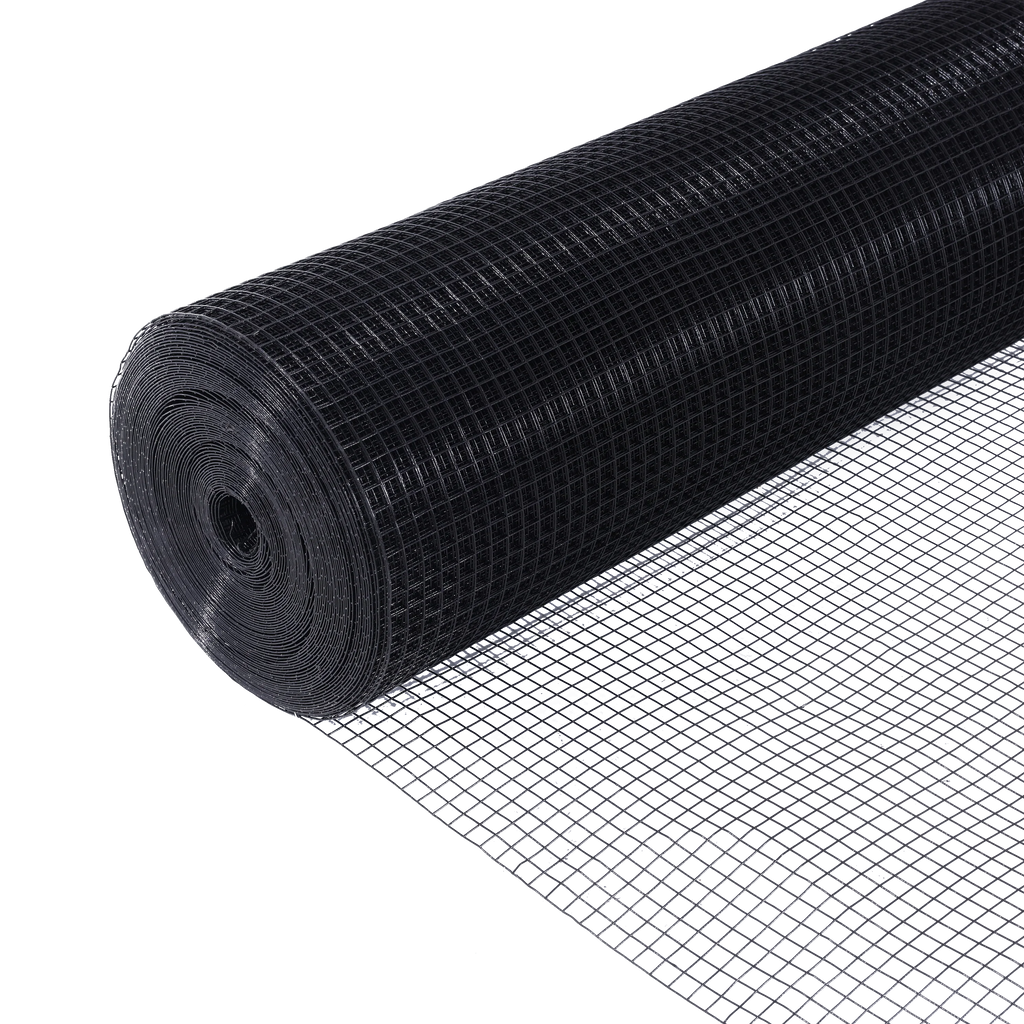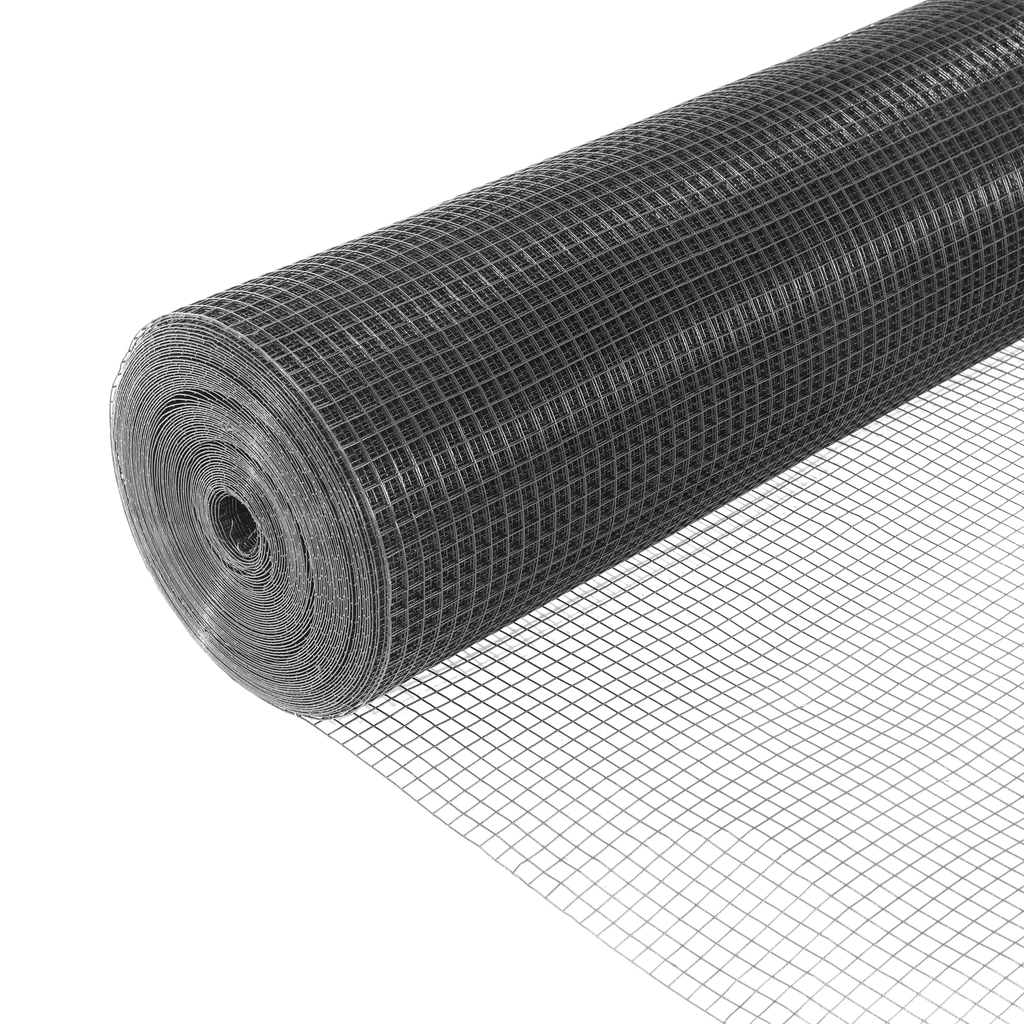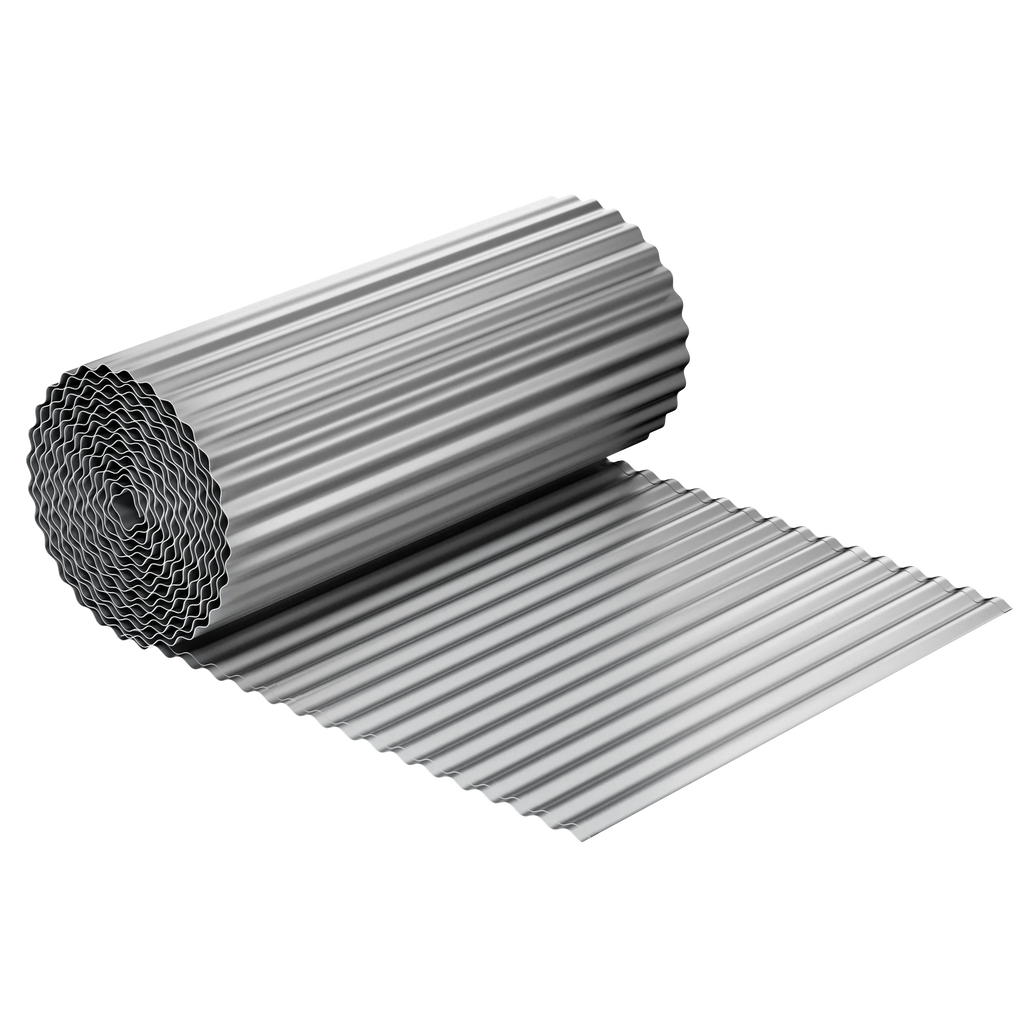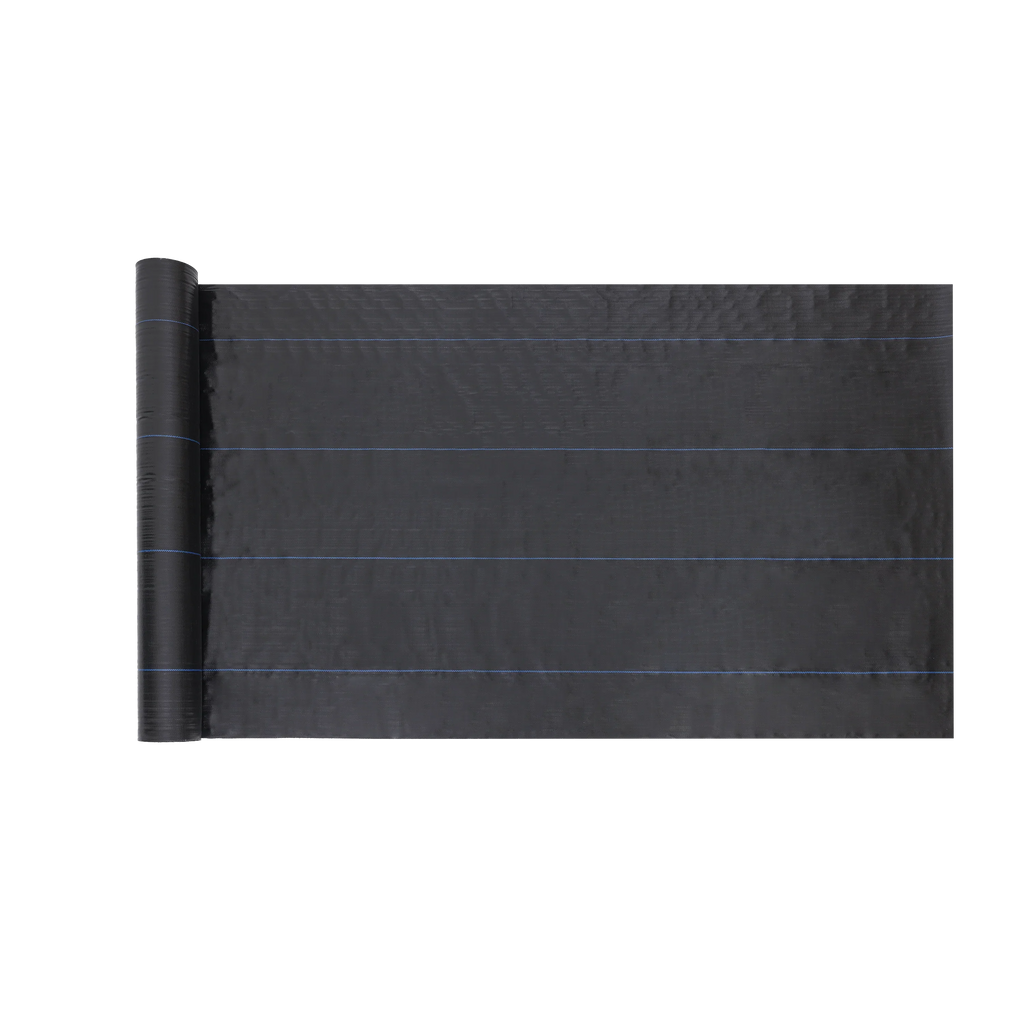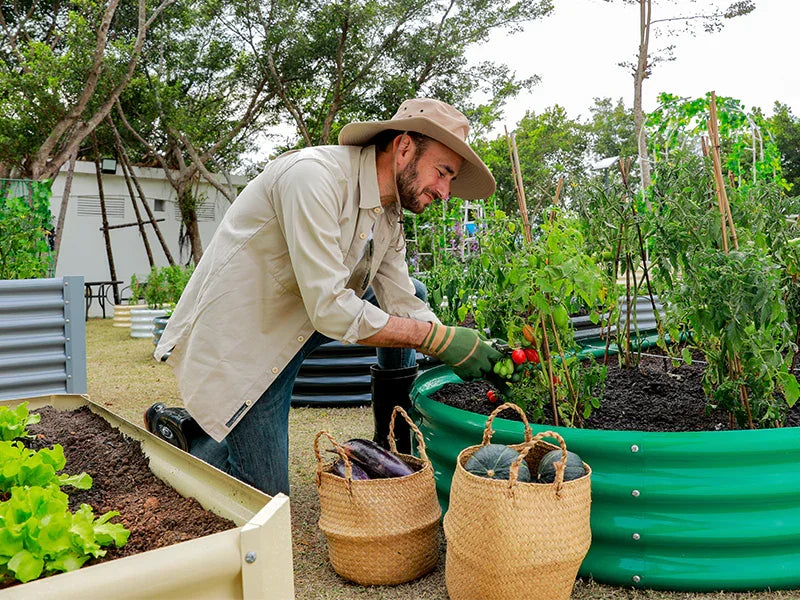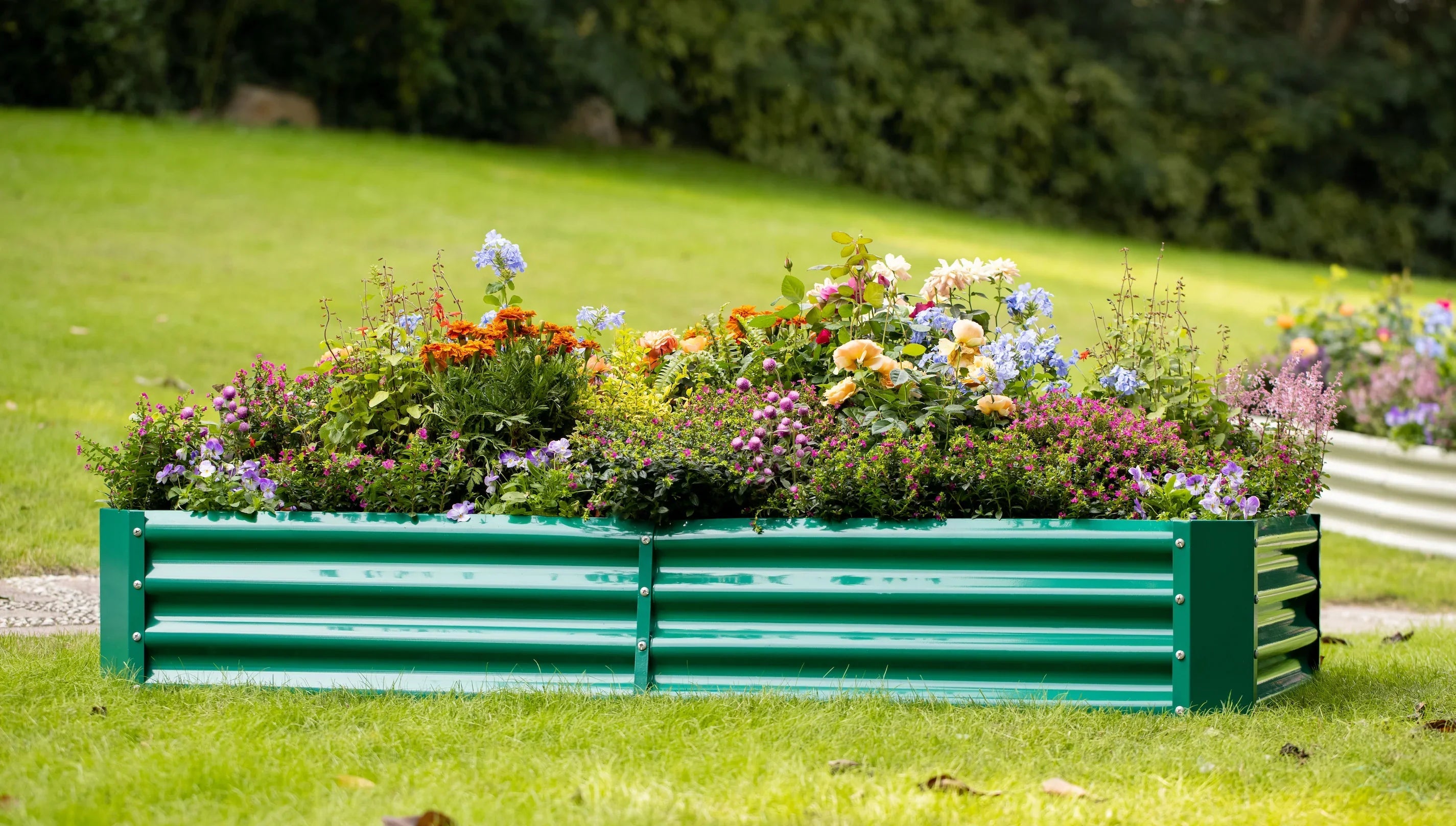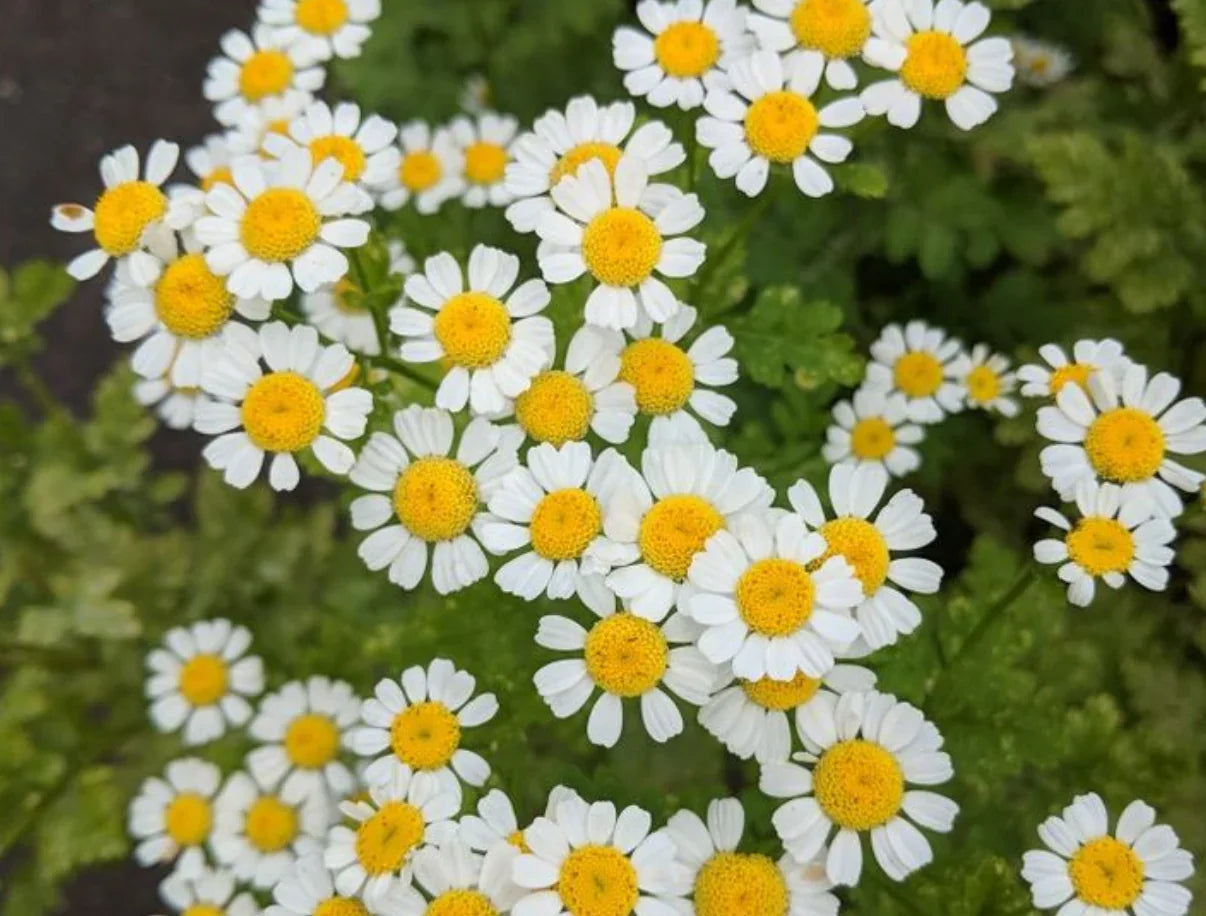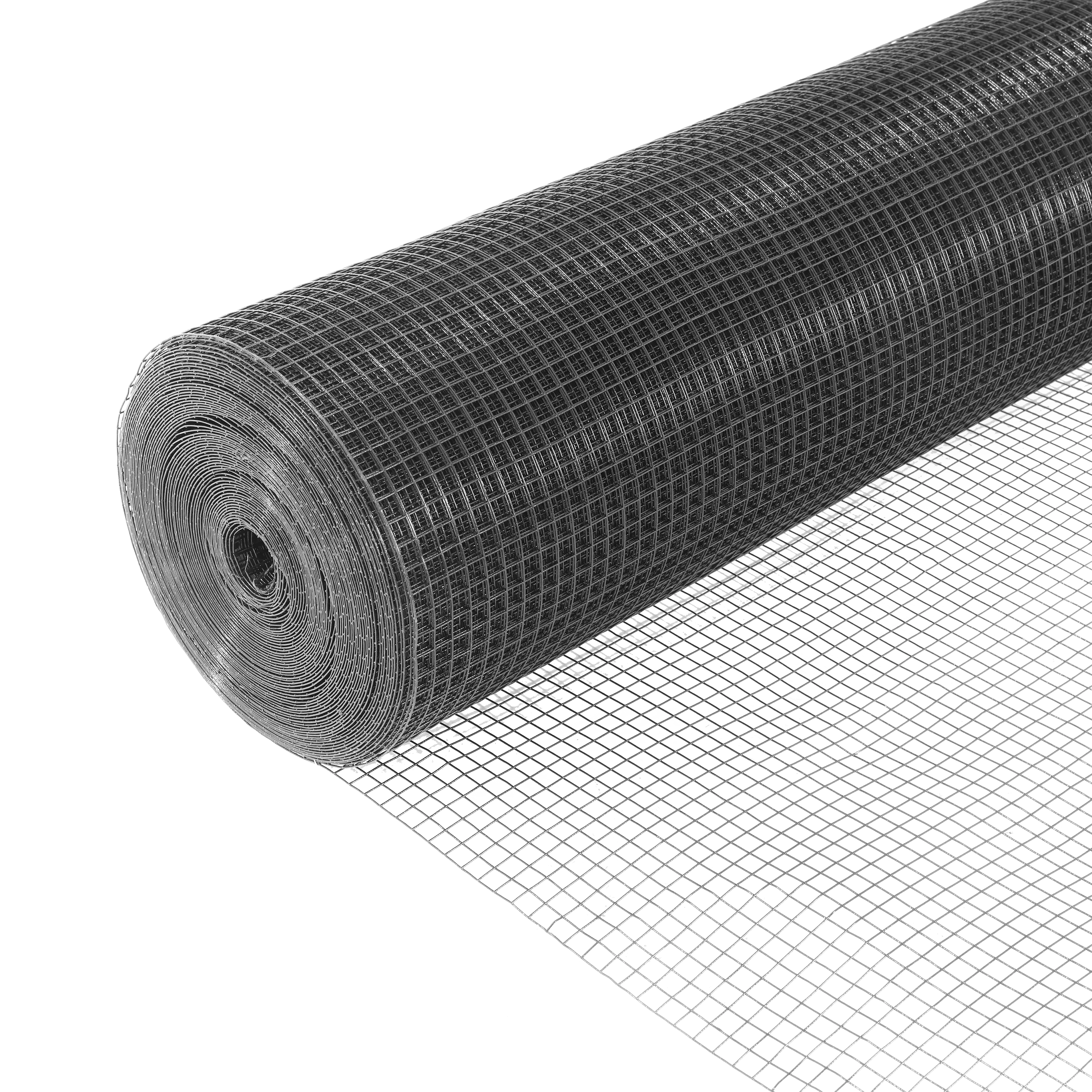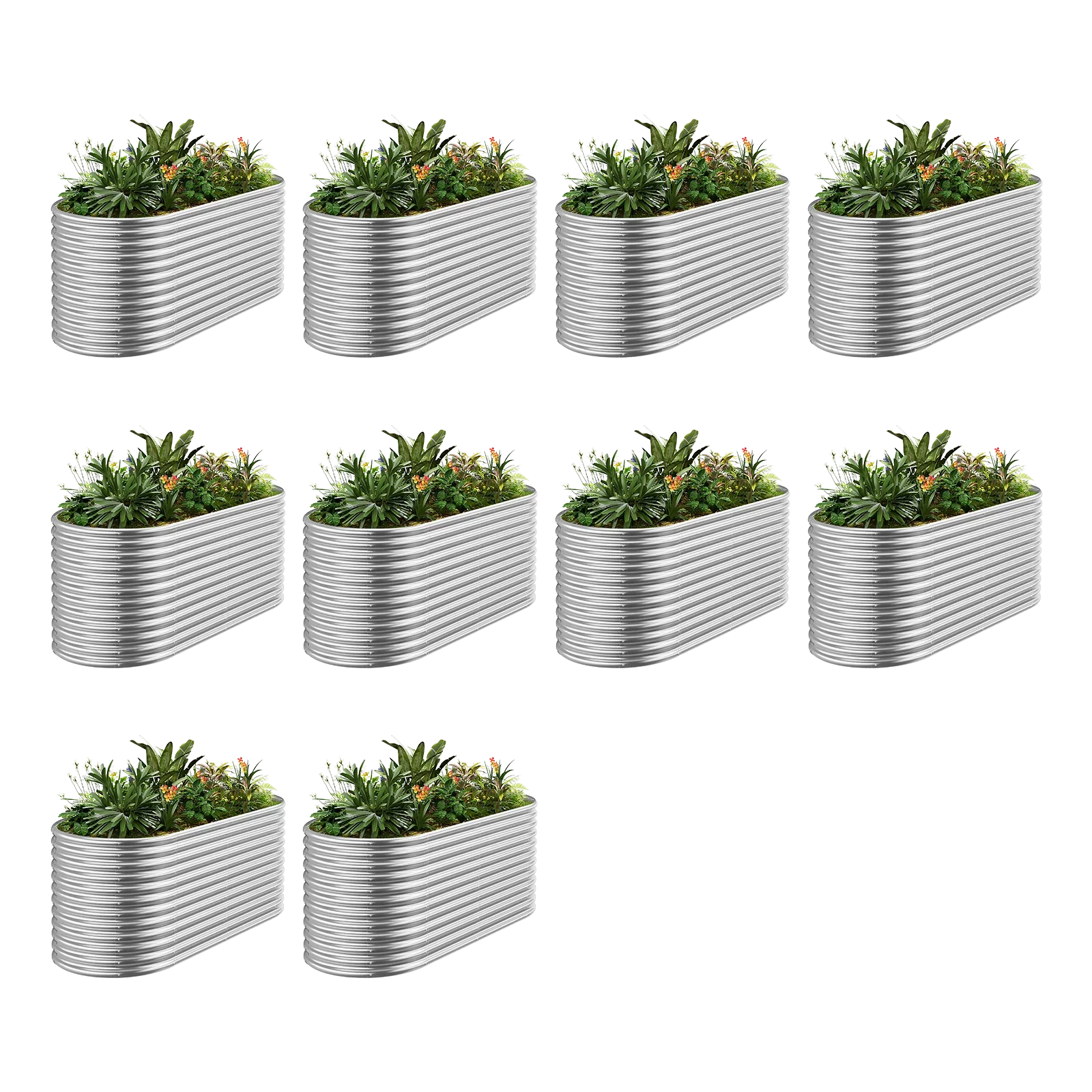Just as humans need a balanced diet to thrive, plants require specific nutrients to grow strong, produce abundant fruits, and resist diseases. While healthy soil is the foundation, even the best soil can benefit from targeted fertilization to meet the unique demands of different plants throughout their life cycles. Choosing the right fertilizer isn't a one-size-fits-all task; it's a nuanced approach that can dramatically transform your garden from merely surviving to truly flourishing.
This comprehensive guide will demystify the world of plant nutrition, helping you understand the essential elements plants need and how to select and apply the perfect fertilizer for various types of plants in your garden.
Understanding Plant Nutritional Needs: The N-P-K Ratio
At the heart of fertilizer selection lies the N-P-K ratio, prominently displayed on every fertilizer package. These three numbers represent the percentage by weight of the three primary macronutrients essential for plant growth:
· N - Nitrogen: Promotes strong vegetative growth, lush green leaves, and robust stems. It's crucial for photosynthesis.
· P - Phosphorus: Essential for root development, flowering, fruiting, and overall plant vigor. It aids in energy transfer within the plant.
· K - Potassium (Potash): Contributes to overall plant health, disease resistance, water regulation, and improved fruit quality.
Beyond these macronutrients, plants also need secondary macronutrients (calcium, magnesium, sulfur) and micronutrients (iron, manganese, boron, zinc, copper, molybdenum, chlorine) in smaller amounts.
Why Different Plants Need Different Fertilizers
Imagine feeding a marathon runner the same diet as a bodybuilder – it wouldn't be optimal for either! Similarly, a leafy green vegetable has different nutritional priorities than a fruit-bearing tree or a flowering annual.
· Leafy Greens (Lettuce, Spinach, Cabbage): Primarily need nitrogen for abundant, vibrant foliage.
· Fruiting Plants (Tomatoes, Peppers, Berries): Require more phosphorus for flower and fruit development, and potassium for fruit quality.
· Root Vegetables (Carrots, Potatoes, Beets): Benefit from phosphorus for strong root formation.
· Flowering Plants (Roses, Annuals): Need higher phosphorus to support prolific blooming.
· Trees and Shrubs: Often benefit from balanced fertilizers or those slightly higher in nitrogen for overall growth, with specific needs varying by species and age.
Factors to Consider When Choosing Fertilizer
Beyond the N-P-K ratio, several other factors influence your fertilizer choice:
1. Soil Test Results: This is your most valuable tool! A soil test provides a snapshot of your soil's current nutrient levels and pH. It will tell you exactly what your soil is lacking, preventing unnecessary fertilization and potential nutrient imbalances.
2. Plant Stage of Growth:
o Seedling/Young Plants: Often prefer balanced fertilizers or those slightly higher in nitrogen to establish strong vegetative growth.
o Flowering/Fruiting: Shift to fertilizers higher in phosphorus and potassium to support reproductive growth.
o Mature Plants: Maintenance fertilization might involve balanced formulas or specific boosts depending on the plant's ongoing needs.
3. Type of Fertilizer (Organic vs. Synthetic):
o Organic Fertilizers: Derived from natural sources (compost, manure, bone meal, fish emulsion). They release nutrients slowly, improve soil structure, and feed soil microbes. Less risk of burning plants.
o Synthetic Fertilizers: Chemically manufactured. Provide nutrients in readily available forms, leading to quicker results. Can leach more easily and may "burn" plants if over-applied.
4. Application Method (Granular vs. Liquid):
o Granular Fertilizers: Applied dry and release nutrients over time. Ideal for slow, steady feeding.
o Liquid Fertilizers: Mixed with water and applied as a drench or foliar spray. Provide quick nutrient uptake, suitable for immediate boosts or correcting deficiencies.
5. Time of Year: Fertilization schedules vary by plant and climate. Generally, fertilize during active growing seasons (spring and summer) and reduce or stop during dormancy (fall and winter).
Practical Guide to Fertilizing Different Plant Types
Vegetables
· General Vegetable Beds: Start with a balanced organic fertilizer (e.g., 5-5-5 or 10-10-10) before planting.
· Leafy Greens: Side-dress with a high-nitrogen fertilizer (e.g., blood meal, fish emulsion) every few weeks during growth.
· Fruiting Vegetables (Tomatoes, Peppers, Squash): Use a "bloom" or "tomato" fertilizer (e.g., 2-6-4 or 5-10-10) once flowering begins. Supplement with calcium if blossom end rot is a concern.
· Root Vegetables: Avoid excessive nitrogen, which promotes leafy growth over root development. Use a balanced or phosphorus-heavy fertilizer.
Flowers
· Annuals: Use a balanced liquid fertilizer (e.g., 10-10-10) every 2-4 weeks during blooming season.
· Perennials: Fertilize in early spring with a balanced slow-release granular fertilizer. Avoid excessive nitrogen, which can lead to leggy growth and fewer blooms.
· Roses: Require specialized rose fertilizers, often higher in phosphorus and potassium, applied in early spring and again after the first flush of blooms.
Trees and Shrubs
· New Plantings: Use a root stimulator or low-nitrogen fertilizer to encourage root establishment.
· Established Trees/Shrubs: Fertilize in late fall or early spring with a balanced granular fertilizer, spreading it evenly under the drip line. Avoid fertilizing too close to the trunk. Consider specific formulations for acid-loving plants (e.g., azaleas, rhododendrons).
Important Fertilization Tips
· Always Follow Instructions: Read fertilizer labels carefully and adhere to recommended application rates. Over-fertilizing can be more damaging than under-fertilizing.
· Water Thoroughly: Always water plants before and after applying fertilizer to prevent root burn and help nutrients absorb.
· Don't Fertilize Stressed Plants: Wait until plants have recovered from drought, pest infestation, or disease before fertilizing.
· Consider Compost and Mulch: Regularly incorporating compost into your soil and applying organic mulch can significantly reduce the need for synthetic fertilizers by improving soil health and nutrient retention.
By taking the time to understand your plants' specific needs and the various fertilizer options available, you'll be well on your way to cultivating a vibrant, productive, and truly thriving garden. Happy fertilizing!










